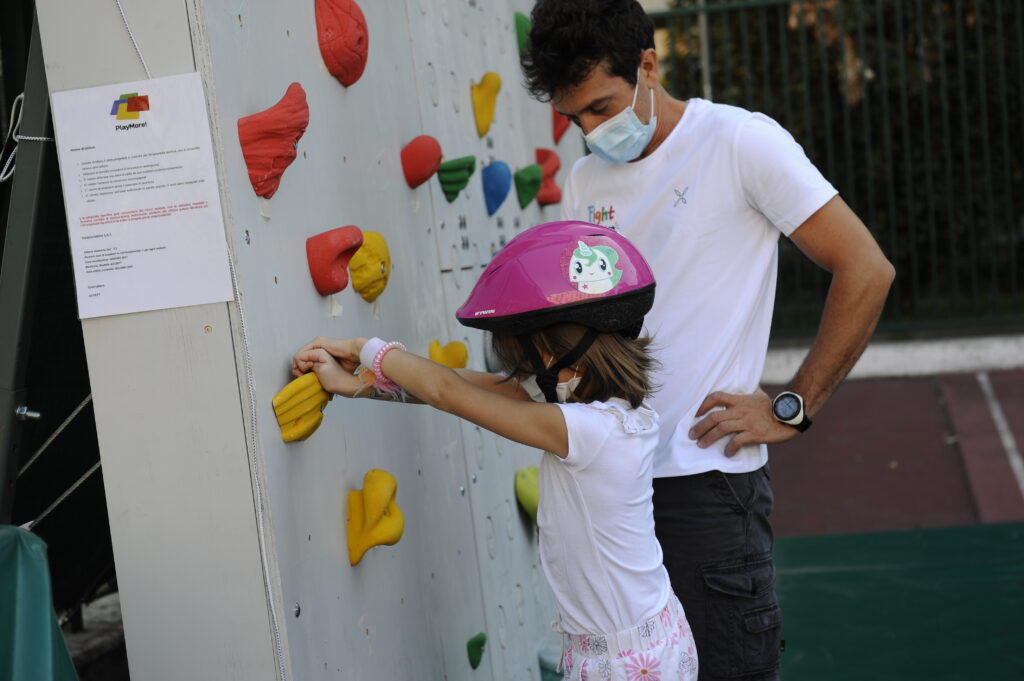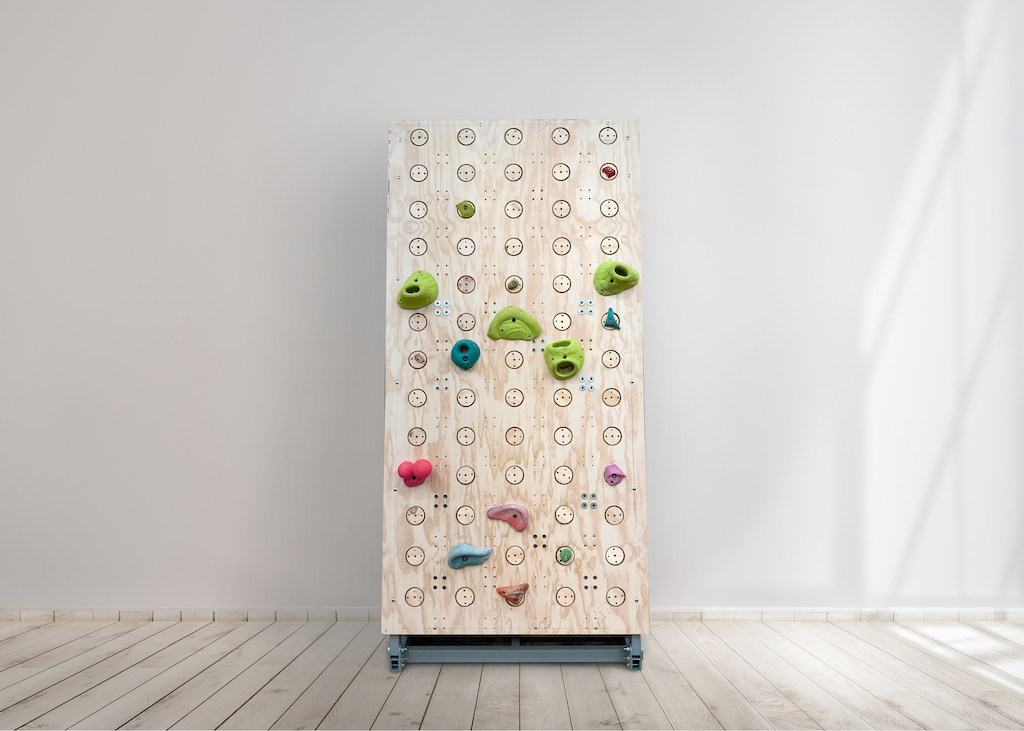
Through the Q-Training patent developed at the Politecnico di Milano, technology has finally entered the field of climbing, a sport that has always relied on decidedly traditional methods of measurement. The result is a device for measuring force that can be integrated into climbing equipment.
How it works
The invention makes it possible to monitor the distribution of force over time and space during activity, with applications for both sport and the field of functional or psychomotor rehabilitation. Using The invention makes it possible to monitor the distribution of force over time and space during activity, with applications for both sport and the field of functional or psychomotor rehabilitation. Using dedicated algorithms, it provides a clear picture of the mechanics of climbing, reducing the likelihood of injury and allowing a broader audience to try the sport.
The force sensors are the heart of the project and can be applied to other training tools, such as bars, pull-up stations and weightlifting but also play equipment. The shape of the force sensor allows it to be mounted behind a panel (equipped wall, climbing wall) without any additional components and provides a mount for grips or handles.
The electronic data collection system samples the signals close to the sensor in order to minimise interference and then transmits them to an analysis system in a digital format (on a PC, tablet, mobile phone or other device, by cable or wireless) where the measurement values from the sensor can be displayed in real time or saved for later analysis.
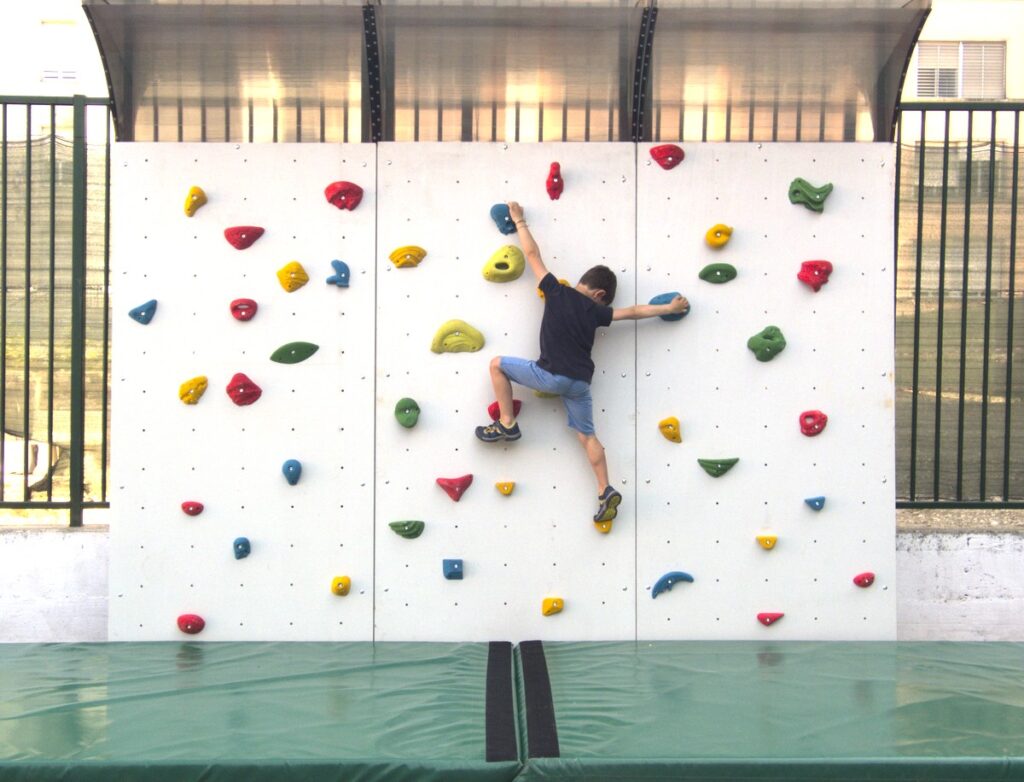
Where the idea for the patent came from
It started a while back with an attempt to incorporate measurements of movements into sport climbing; a sport in which there is very little technology.
Collecting measurements from sensors was something that had never been done before in climbing. Until that point, everything relied on the coach’s eye, or the limits of movement sensors that give measurements with little detail.
Smartwatches actually only give vague information about movement, especially for those sports that involve the use of forces. The movement element of training the upper limbs for pull-ups, hangs and climbing is quite complex and difficult to measure.
Gradually the research team’s scope extended to applications outside the world of sport climbing. In particular, they are researching the use of these sensors in simpler equipment, such as pull-up bars and other tools that are used primarily for training the upper limbs.
As time went on, it became clear that games and measurements from play could be useful for rehabilitation, principally for children but also for adults.
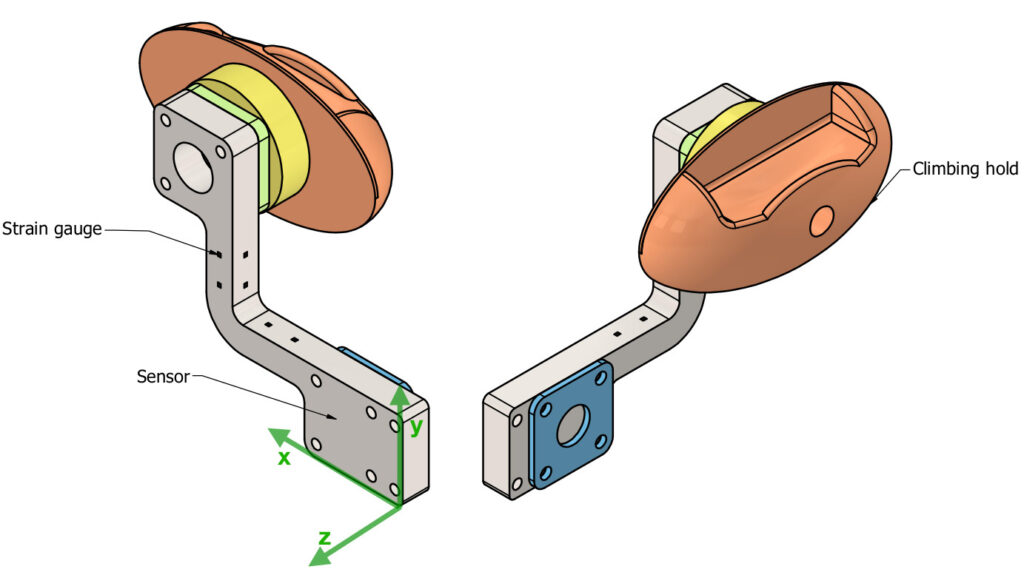
How an idea becomes reality
Professor Alessandro Colombo took us inside the world of Q-Training and explained that to carry out their tests, he and his team carved out a space at the Leonardo Robotics Labs where they installed a climbing structure which holds the sensors in the testing phases, before they are taken out as and when needed.
At the moment, they also have access to a wall at the Playmore sports centre in Milan, where they take the sensors when it is necessary to take measurements.
When it is not in use, the central module and its sensors return to the Leonardo Campus where testing and development are carried out.
Applications
Today, the project is moving forward on two fronts.
The first is that of medical applications and the social sphere relating to rehabilitation, particularly in paediatrics.
The second is primarily sports, where the idea originated, with applications relating to home fitness, smart gyms, sports apps and sensors.
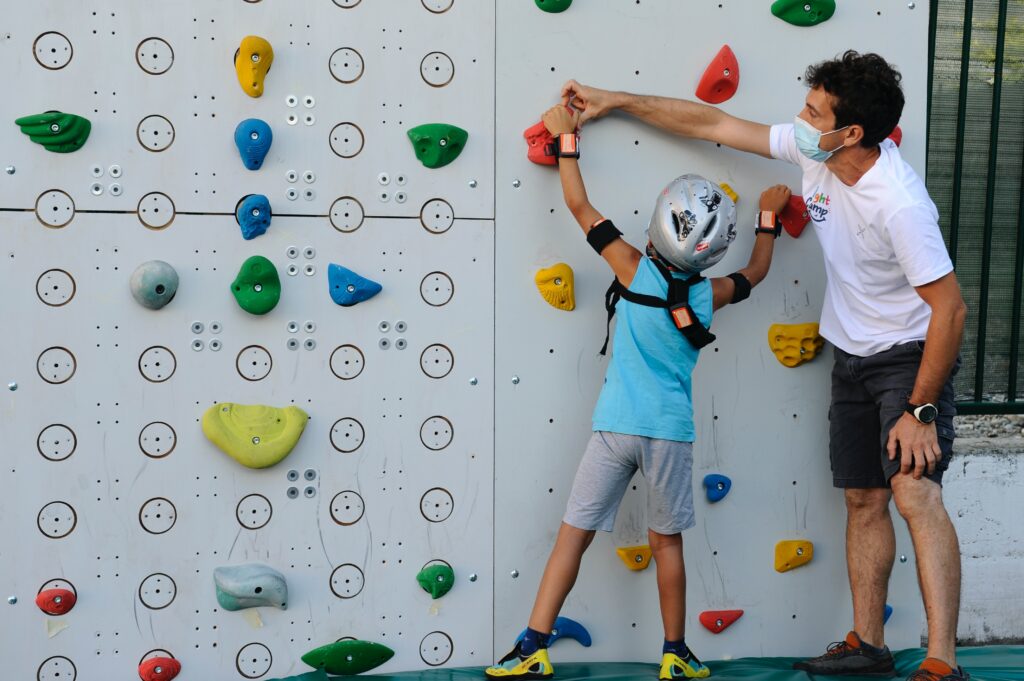
© Picture by Eleonora Rettori for FightTheStroke
Benefits
The beauty of this technology is that it ultimately makes it possible to carry out assessments using small, low-cost equipment.
If expectations are met, it will be much easier to carry out clinical assessments on young children who can do the while they play instead of taking part in sessions in a hospital, which can often be seen as boring and a bit invasive. With it being a really fun and engaging activity, it will also be possible to do it more often by using the principals of gamification.
The measurements that can be collected from play, or a fun and improvised, are able to give specific information regarding the functionality of the upper limbs in particular, potentially providing an indication of the progress of a child needing rehabilitation, for example due to congenital illnesses or prenatal problems that will continue throughout his or her entire life.
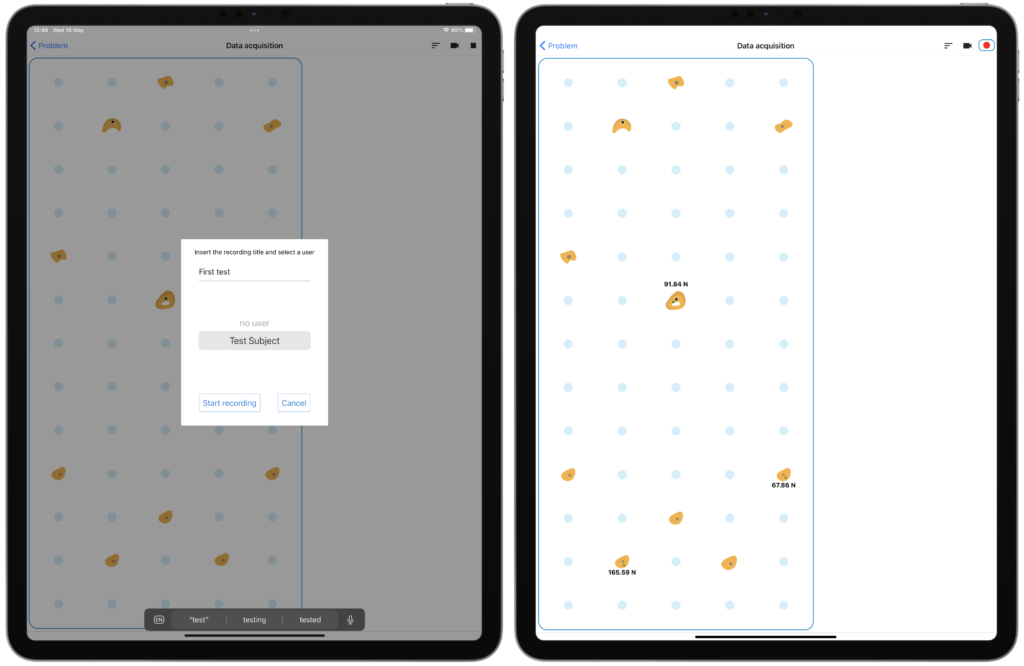
Patent progress
This invention is one of the most advanced tools among those currently available.
Although they are still prototypes, the sensors are already manufactured on an industrial level, and they are backed up by rather advanced analytical software. In short, the invention is essentially out of the laboratory phase.
At the moment there is still no start up so the commercial side is the only missing piece.
As far as other sports are concerned, it is still in the exploratory phase.
The research team
The head of the project is Alessandro Colombo from the Department of Electronics, Information and Bioengineering.
His passion for climbing began as a hobby, because in reality his world is that of algorithms. His involvement increased after winning the Polisocial Award for the ACCEPT project relating to the use of climbing in the rehabilitation of children with Cerebral Palsy. As time went on and measuring devices developed, he therefore returned to his actual field of research, working on the algorithms for the analysis of signals and the modelling of movement and gestures in the sport.
He works with Anna Bicchi, a temporary research fellow. Professor Manuela Galli and Cecilia Monoli contribute from the biomedical area.
